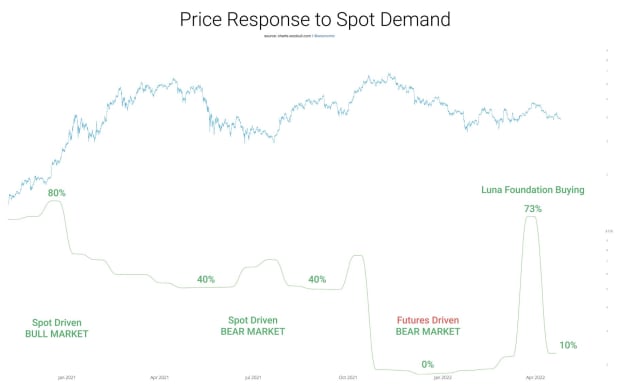Video: The Inevitable Path For Central Banks

Listen To This Episode:
- Apple
- Spotify
- Libsyn
On this episode of Bitcoin Magazine’s Fed Watch, Christian and I are joined by Jeff Booth. It results in a show that is unlike any other interview with Booth that you may have seen. Most listeners are familiar with his book, so we spend most of our time discussing what a timeline of events looks like from Booth’s perspective, and then some possible limitations to the technology-driven deflation theory. In usual Fed Watch style, we end with trying to understand how Bitcoin affects these arguments and what Bitcoin means for the world.
Booth not only took bitcoin by storm in 2020, but he overtook all of macro investing, with his book “The Price of Tomorrow: Why Deflation is the Key to an Abundant Future.” In it, he outlines a new way to look at monetary policy and economics, through the lens of a technologist. Technology has a massive deflationary effect in the sense that it lowers prices through the economy. Also, technology is multiplicative, meaning its effects are exponential, not linear. When we approach monetary economics from this angle, deflation becomes inevitable and, most disquieting of all, very near.
Booth’s deflationary arguments fit well into the broad discussion that macro is currently having on inflation versus deflation, but with a new spin that is hard to deny. Fed Watch has explored this topic primarily from a financial angle. Are the actions of central banks inflationary? Is the money supply increasing or decreasing? And so forth. We have argued that credit is contracting, meaning there is deflation, but central banks can adjust banks’ balance sheets which looks like inflation.
Booth’s approach cuts straight through these academic arguments, right to the jugular. Humanity is approaching the vertical portion of the exponential curve of deflation. This technological deflation will force central banks and governments down a predefined path of money printing and centralization, which in turn will chase people and capital into bitcoin.
Throughout the podcast, we raise several questions to test Booth’s theory. The most important being: Instead of technology driving deflation, could it be that inflation is driving technology? You will have to listen to hear how Booth skillfully answers that question. It leads the interview into a deep conversation on Bitcoin culture and our deflationary future.
Overall, this is a very thought-provoking episode of Fed Watch. Behind a bearish view of the near future, Booth is an optimist. Technological deflation will win against centralization and central banks, leading us to a more prosperous future with a new money designed for deflation. Thanks to Booth for coming on the show.
The post Video: The Inevitable Path For Central Banks appeared first on Bitcoin Magazine.









